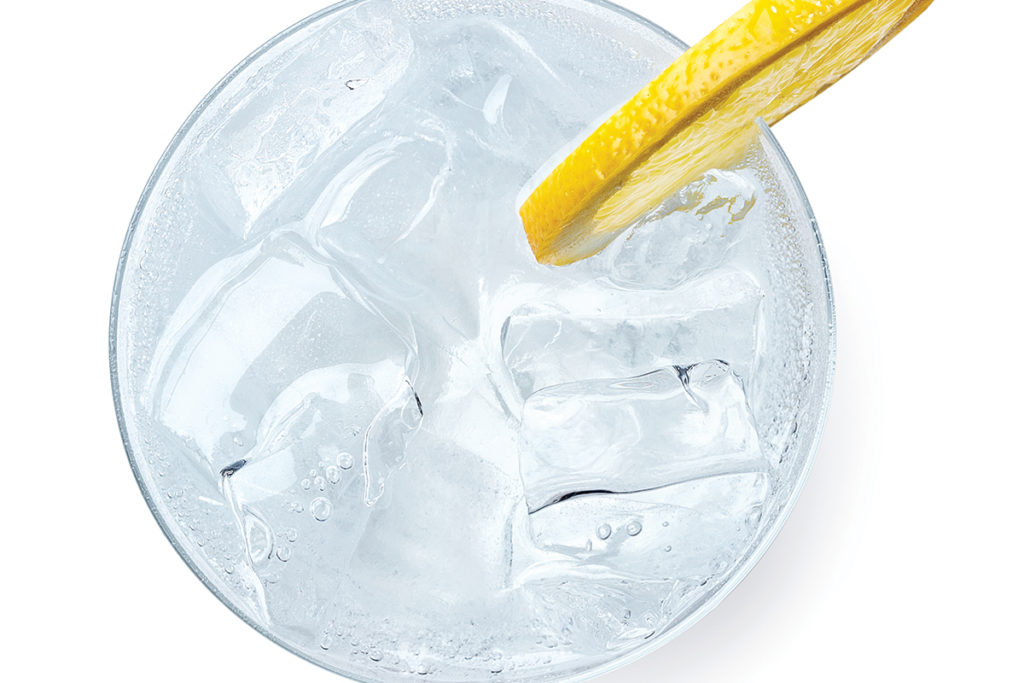5 Common Ice Machine Mistakes to Avoid

Few breakdowns are worse in a busy operation than running out of ice in the midst of a rush. Here are some common errors operators make in choosing and owning ice machines and how to side-step them.
1. Underestimating how much ice you need.
Too often, operators purchase either an undersized ice maker or a bin that’s too small. Consider all the places you use ice—beverage service; cocktail bar; salad bar, buffet or other cold food display; even the back of the house to chill hot food—so you don’t underestimate your production needs. Think about peak periods to calculate the most ice you’ll go through on a given day. Remember that ice storage is less expensive than production, so match or exceed storage capacity to production capability. (See “Ice Machine Sizing Guide,”)
2. Failing to take water quality into account.
About 80% of all ice machine problems are caused by poor water quality. Water for ice machines should be filtered. Have your water tested so you know what kind of filter to use. Then be sure to change the filter as recommended.
3. Locating the ice maker in the wrong place.
Three things you need to think about are clearance, accessibility and ice transport. Ice machines perform best in cool ambient air temperatures, with cold incoming water in a clean environment. However, most get stuck in a hot, greasy kitchen. If you buy an air-cooled unit, make sure it’s placed with the proper clearance all around to ensure good ventilation. Keep ice makers away from baking areas or any place you use flour. Consider a remote compressor if your kitchen is particularly hot. Make sure that you can easily access filters and service doors on the machine. And think about how you’ll get ice from the machine to where you need it. Sometimes it makes more sense to buy multiple smaller ice makers and put them near key service areas—bus station, bar, etc.
4. Not cleaning regularly.
Manufacturers are using more antimicrobial parts than ever in their units, offering cleaning cycles on more models and providing options like UV lighting to inhibit growth of mold and slime. Like any food preparation utensil or equipment ice machines must be cleaned and sanitized on a regular basis. Clean the air filter, too. (See “Good Cleaning Habits,” )
5. Not reading or following manufacturer’s instructions.
With self-diagnostic electronic controls, manufacturers have made it simpler than ever to see and understand what and how an ice machine is performing at any given time. Most also make it simple to find out how to troubleshoot problems. In addition to instruction manuals, spec sheets and printed instructions inside machines, manufacturers often have videos that walk you through the cleaning process. Some also display QR codes which operators can scan with a smartphone to automatically be taken to a website with information and instructions on cleaning and servicing the unit.
- Advertisement -
- Advertisement -
TRENDING NOW
- Advertisement -
- Advertisement -
- Advertisement -
